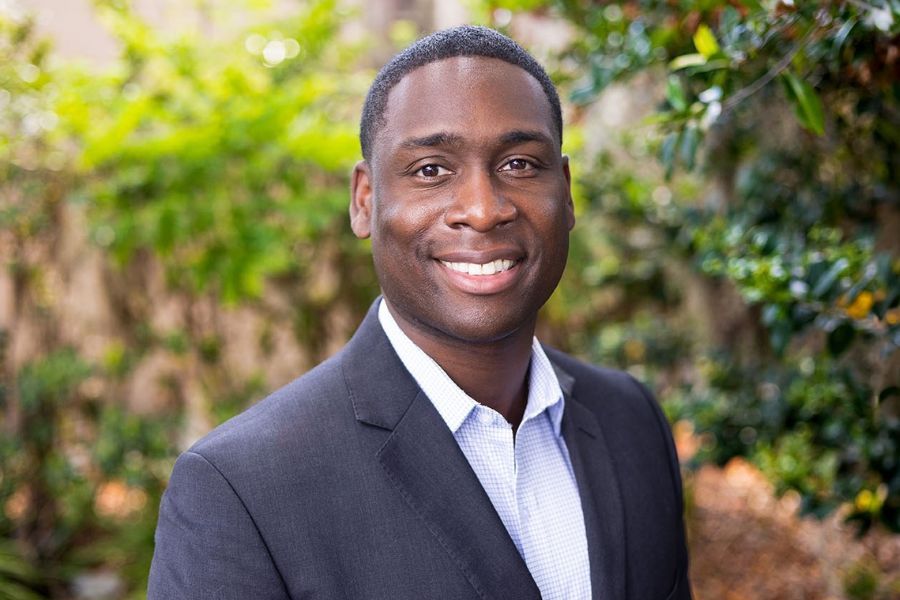Growth of wrap assets tops that for separates
Baby boomers who are retiring and rolling over their 401(k) money favor mutual fund wrap programs even though many are wealthy enough to qualify for separately managed accounts, industry observers say.
BOSTON — Baby boomers who are retiring and rolling over their 401(k) money favor mutual fund wrap programs even though many are wealthy enough to qualify for separately managed accounts, industry observers say.
Smith Barney, the No. 1 separate-accounts sponsor and home to the first mutual fund wrap program, reported that assets in its wrap program grew by about 40% last year to about $18 billion. Assets in the firm’s separate-accounts program rose 17% last year, though the firm declined to provide an actual dollar amount.
New York-based Citigroup Inc.’s Smith Barney unit isn’t the only firm to notice the increased popularity of wrap programs, which had been seen as separate accounts’ plainer sister.
Ameriprise scores
Minneapolis-based Ameriprise Financial Inc., the biggest sponsor of mutual fund wrap accounts, reported that its program assets increased by 32% last year to $76.4 billion. According to Boston-based Fidelity Investments, it had $46 billion in mutual fund wrap account assets as of the end of last year, up 31% from $35 billion in 2005.
Overall, mutual fund wrap programs rose by 31.9% to $368 billion during the one-year period ended Sept. 30, according to Cerulli Associates Inc., a Boston-based research and consulting firm. Separate-account programs grew by 11.6% to $734.9 billion. Cerulli didn’t yet have fourth-quarter data available.
“Mutual funds went through a rough time with some of the scandals and other issues that occurred,” said John Pratt, director of business development at Smith Barney’s consulting group in Wilmington, Del., adding that there was “a stalling out” in the appetite for mutual funds. “That’s clearly gone,” he said.
In addition to the trading scandals that hit the fund industry starting in 2003, the late-1990s technology stock boom led some investors to snub mutual fund wrap programs — and the asset allocations they offered — in favor of hot funds with triple-digit returns, Mr. Pratt said.
The downturn that followed vindicated mutual fund wraps such as Smith Barney’s TRAK program, which began in 1991, he said.
Bill Easom, a Smith Barney financial adviser based in Chicago who helps clients invest about $1 billion in assets, said he thinks that mutual fund wrap programs are the best place for most clients as they roll over their 401(k) money into an individual retirement account, no matter how big that rollover may be.
“For some folks, [separate accounts] tend to be a little more tax friendly than mutual funds, yet in an IRA, that’s not really a concern, so we don’t need to go that direction,” he said.
In Mr. Easom’s practice alone, customers have about 2,000 TRAK accounts, versus about 50 separately managed accounts.
Mutual fund wrap accounts are growing faster than separately managed accounts, in part because they are a familiar vehicle to baby boomers, the Smith Barney executives said. In addition, they can offer greater diversification — particularly for those with less than $1 million to invest — and they make asset allocation easier.
Minimums for Smith Barney’s managed-account programs are as low as $50,000, according to Mr. Pratt. However, that would be for a single manager investing in a single discipline, he said.
That means a client who wanted exposure to emerging-markets stocks — but who wanted to limit that exposure to 5% of the overall portfolio — would need a $1 million or more to achieve an appropriately diversified portfolio.
With a mutual fund wrap program, diversification is easier, because a client can simply invest in an emerging-markets mutual fund, Mr. Pratt said.
Making asset allocation changes is also easier with mutual fund wrap programs, Mr. Easom said. For instance, analysts in the consulting group could recommend to advisers that they boost clients’ exposure to international stocks.
“When the consulting group comes in and says, ‘We want to raise our international exposure from 20% to 25%,’ we can reallocate overnight and move from one fund to another,” Mr. Easom said.
Reallocation typically takes longer with separate accounts, because it involves appointing one manager to sell securities, waiting for trades to settle and then moving the money to a manager at another account. The reallocation difficulty is also a reason why multidisciplinary accounts — which incorporate multiple asset classes into a single account — are growing, Mr. Pratt said.
Still, separate accounts make more sense for some investors, particularly ultrahigh-net-worth investors, who have $5 million or more to invest, he said.
“You can generally negotiate better management fees than you can just in a mutual fund [wrap program] that you’re using,” Mr. Pratt said. “Again, in the ultrahigh-net-worth space, the tax situation becomes very important, so we have a platform where we try to accommodate all investors.”
For many baby boomers, mutual fund wraps are the right answer, according to Jeff Strange, a senior analyst at Cerulli. However, there has been a perception that mutual fund wrap programs cost too much, because on average, they charge a 1.2% fee above the expenses already built into the net asset values of the underlying funds, he said.
“In the past, they might have been looked at as too expensive, and I think that question is still out there,” Mr. Strange said, adding that investors have come to see the value of getting financial advice.
Investors typically get access to less expensive share classes, because the programs buy in bulk, he said. Smith Barney said that it evaluates about 8,000 funds to generate a recommended list of about 200. “[Investors] want help in selecting the best funds, because there are so many funds out there,” Mr. Strange said.
Learn more about reprints and licensing for this article.







